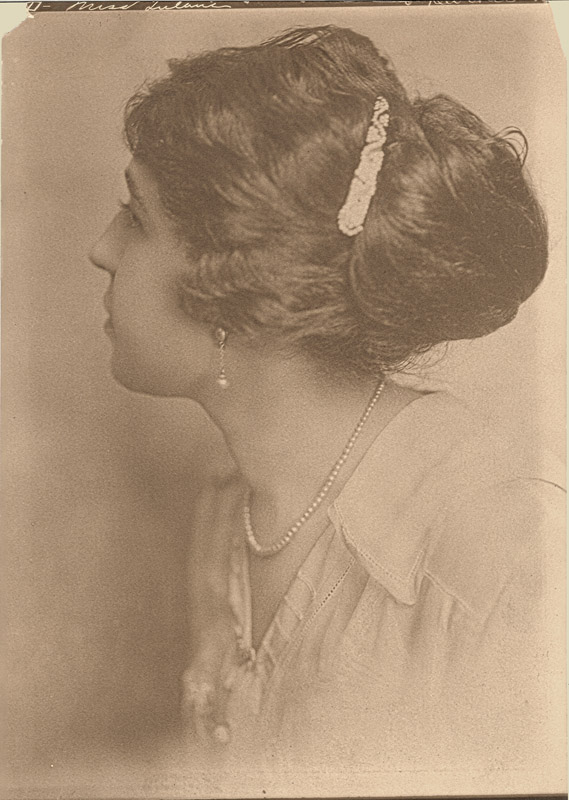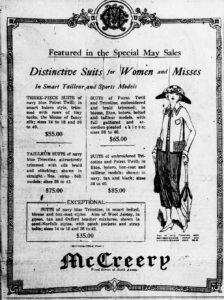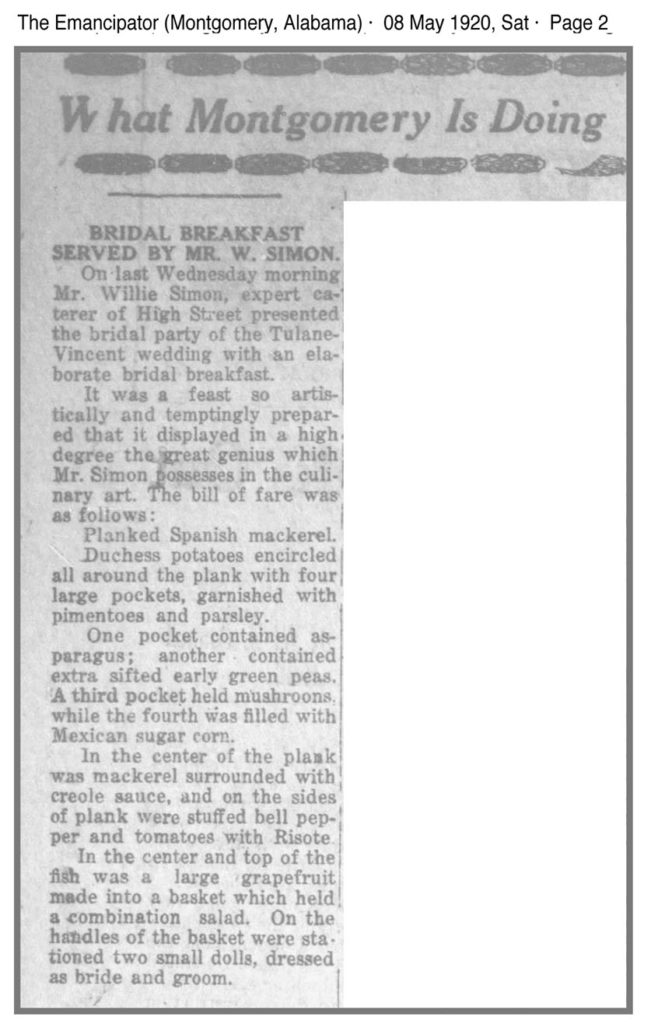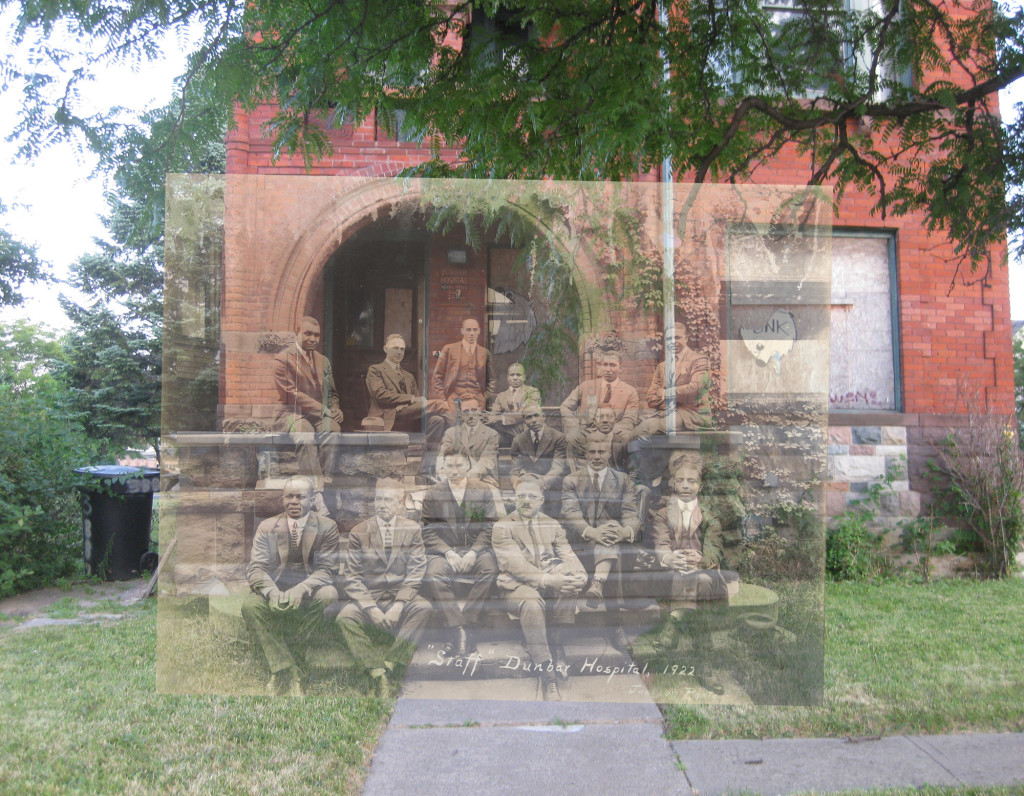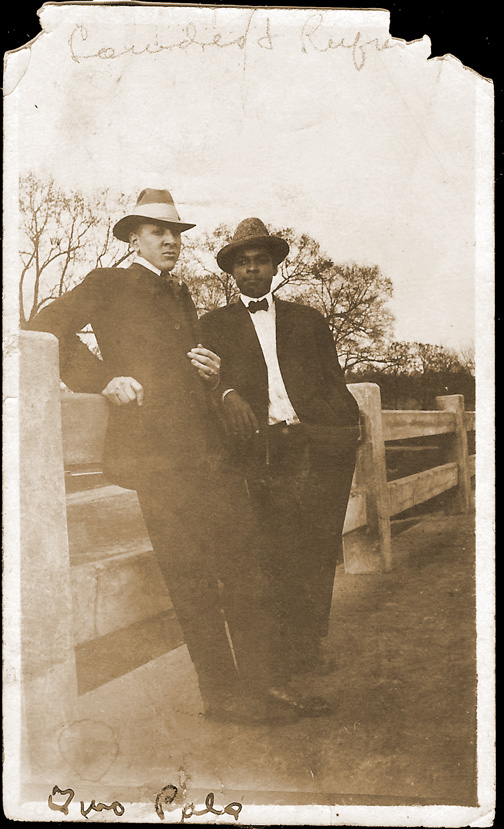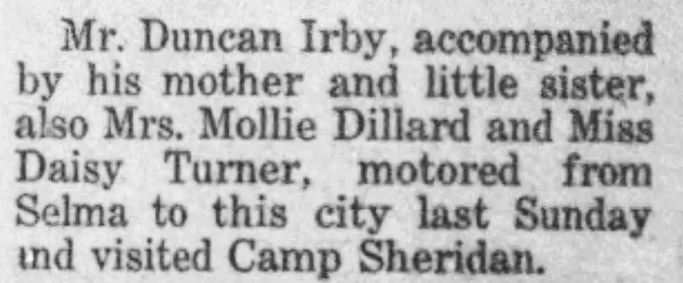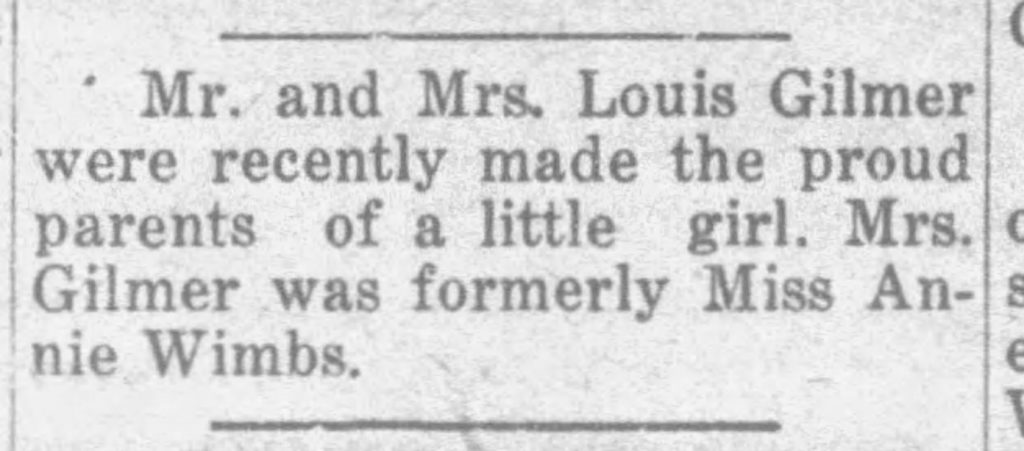This year I am going through an alphabet of news items taken from The Emancipator newspaper, published between 1917 and 1920 in Montgomery, Alabama. Most are about my grandparent’s circle of friends. The news items were found on Newspapers.com. Each item is transcribed directly below the clipping. Click on any image to enlarge.
_________________________
My grandparents had no known connection with Thomas Queen, but I needed a “Q” and he did appear in The Emancipator.
Notice of Mortgage Sale
Under and by virtue of the power of sale contained in that certain mortgage executed by Tom Queen and Lula Queen, his wife, to Mrs. S.J. Harrington on the 5th day of January, 1917, which said mortgage is recorded in Book 277 of Mortgages at page 120, in the office of the Judge of Probate of Montgomery County, Alabama, the undersigned, Mrs. S.J. Harrington will on the 18th day of March, 1918, during the legal hours of sale, proceed to sell at public auction, for cash, at Court Square Fountain, in the City of Montgomery, Alabama, the following described real estate, lying in the County of Montgomery, State of Alabama, and which is conveyed by the said mortgage, to-wit:
Lot Twenty-five (35) and the West one (1) foot off of Lot Twenty-six (28) in Block, “A”, according to Rutter and Hardeman’s Subdivision of Part of Chappell’s Plat No. Three (3) in the Peacock Tract, said subdivision being recorded in Plat Book 2, page 58, in the office of the Judge of Probate of Montgomery County, Alabama.
The above sale is made for the purpose of paying the debt secured by said mortgage and the interest there on and the expenses incident to the sale, including attorney’s ee.
Mrs. S.J. Harrington,
Mortgagee,
Blakey & Strassburger, Attorneys
Thomas Queen was born in Alabama in 1865, the year the Civil War and slavery ended. In the 1880 census, his parents, Frank and Diana Queen and older brother James were farm laborers. They were illiterate. Thomas was nine and had not attended school. His three younger siblings were too young for school.
In 1896, Thomas married Lula Comer. They had six children together. Four of them lived to adulthood. In 1900 They had been married four years and had one child, three year old William. They were farming on rented land and neither one was able to read or write.
By 1910 They had moved to Montgomery. Thomas worked as a laborer in a railroad shop. Lula was not working outside of the home. Both were able to read and write now. The oldest child, William and one other child (born between censuses so name unknown) had died. The four remaining children were ages nine, seven, five and newborn. The two oldest had attended school. Lula’s brother, Morse and a woman lodger also shared the rented house. Morse was also working as a laborer in a railroad shop. The woman lodger was a laundress.
In January, 1917, the Queens lost their house in Montgomery for unpaid taxes. By 1918 they were living in Pittsburgh, Pennsylvania. In November, of that year, Thomas was seriously injured when a gas furnace at the Eliza Plant leaked gas. Twenty five were killed and 19 were overcome, including Thomas.
In May, 1919 they bought a house at 46 Audley Street. This was probably a happy time, but bad luck was just around the corner.
In 1920 Thomas and his oldest son were working as laborers at the Mill. Lula was a sorter at a reduction plant. The youngest three children attended school. Everybody was literate.
Then, on March 24, 1922, Lulu Queen died of cervical and uterine cancer. She died in the hospital and doesn’t seem to have been under a doctor’s care prior to her death.
On October 9, 1922, while the family was away from home, someone burglarized the house and set it on fire.The firemen were delayed in fighting the fire by mud in the fire hydrant. There was over $3,000 worth of damage to the house.
Trunk Mystery Remains Unsolved
“Richard Jordan, Negro, 24 years old, of Fifth avenue, was held for further investigation in Center avenue police court yesterday morning. Jordan was arrested Friday night following information by Thomas Queen, a Negro, of Audley street, whose home was damaged by fire after a burglar had pried open a trunk, taking $85. Queen testified that Jordan was with him when he put the money in the trunk. Jordan denied having anything to do with the fire or burglary.”
In 1923, the oldest son, Thomas Jr died of acute dilation of the heart. He was under a doctors care for three months before his death.
In 1926, Thomas was held up and robbed on the street by three white men armed with revolvers. The “What” in the title below should be “White”.
White Bandits Rob Negro
While walking in Soho street, near Wadsworth street, last night, Thomas Queen, 50 years old, Negro, of 46 Ardley street, was held up by three white men, armed with revolvers and robbed of $10 and a gold watch valued at $30.
In 1927, Thomas Queen lost his property for nonpayment of taxes. This had happened before in Montgomery.
“Thomas Queen, owner or reputed owner, or who ever may be owner. D.T.D. 238, Jan., 1927. $130.60. Chas. A. Waldschmidt, Atty. Lot in Fourth Ward, City of Pittsburgh, 25?109 feet, Audley St., between Emma St. and Battalion AY. Having thereon a 1 1/2- story frame dwelling.”
In the 1930 census, Thomas Queen lived with his daughter seventeen year old Josephine and her husband, Jeptha Spencer. Thomas was not employed. Jeptha was working as a porter on the railroad. They lived on Wadsworth Street.
In 1934, Josephine’s husband, Jeptha died of complications from an appendectomy. He left a three year old son, Jeptha Jr., who would later grow up to be a jazz pianist.
Thomas Queen died of capillary bronchitis on March 20, 1936. He was ill for 5 days. The informant on his death certificate was Mattie Queen, his second wife. He was buried in the Allegheny Cemetery.
___________________
I found this information on Ancestry.com in Census Records, Directories, Death Records, Military Records and Marriage Records. The news items were found on Newspapers.com.










